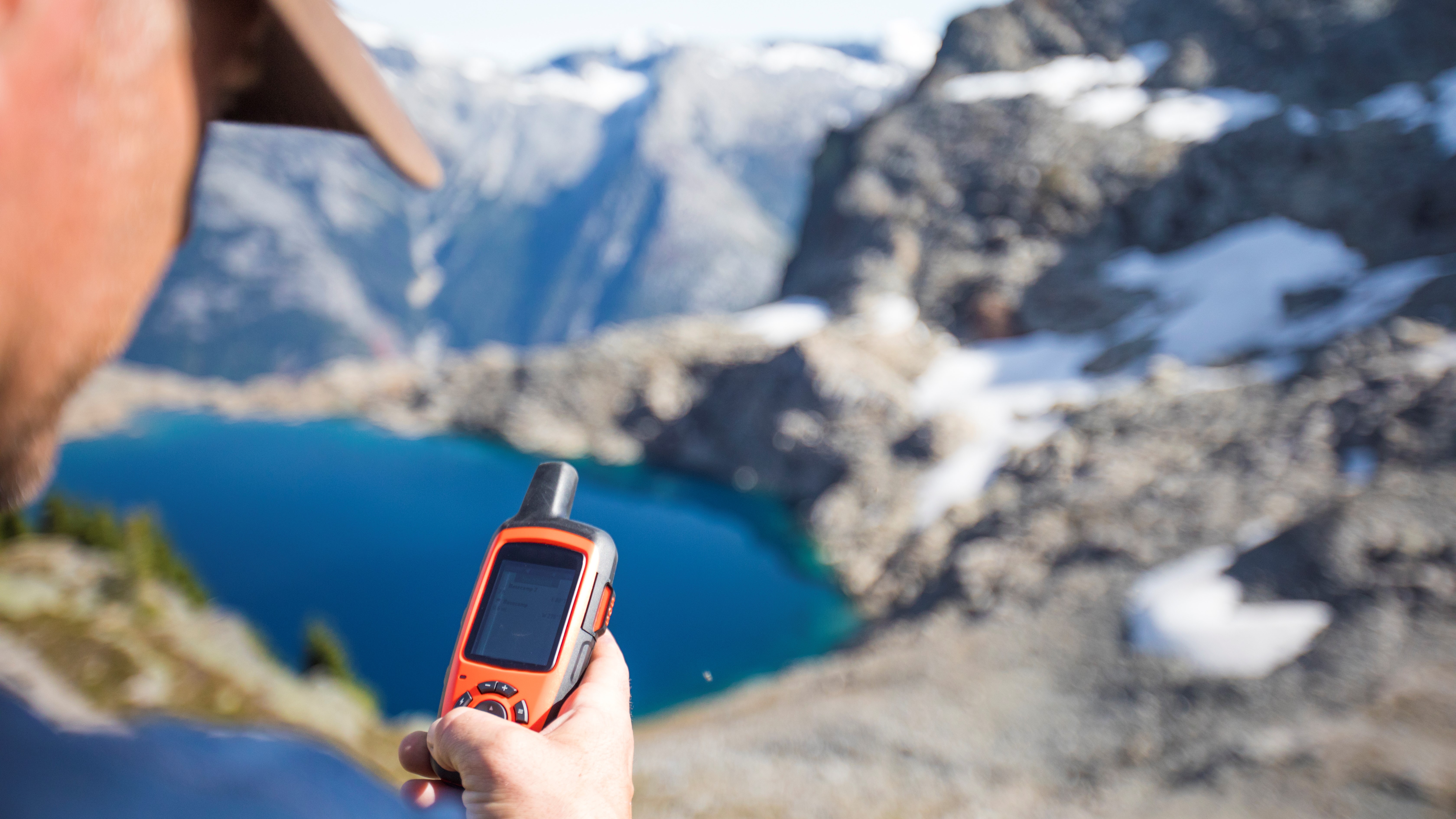New Garmin data reveals hikers make up vast majority of emergency calls
If you request emergency rescue when you’re out in the wild, you’re probably a hiker according to newly published data from Garmin

You’ve probably heard the old adage that you’re more likely to get hurt driving to the trailhead than you are on the hike, but according to new data from Garmin, that may not actually be true. A newly published report shows that a staggering 39% of SOS triggers to Garmin’s emergency response service come in from hikers and backpackers – more than three times that of drivers.
The data, released in October 2022, details 10,000 SOS calls that came in from Garmin’s InReach satellite communications devices over the past 11 years. When a user runs into trouble such as becoming lost or sustaining an injury and they’re outside of cell service, they can trigger an alert on their handheld Garmin InReach device which sends a distress signal to GEOS Worldwide, a 24/7 emergency monitoring and incident response service located in Texas. The signal communicates their precise location so that a local rescue team can be mobilized.
The figures were accompanied by mapping showing the location of the triggers, which are clearly grouped around mountainous regions where people like to hike such as the Pacific Crest Trail, the Rocky Mountains, Patagonia, the Alps and New Zealand.
The next largest group of users requesting callouts were drivers at 12%, followed by motorcyclists, climbers/mountaineers and boaters. As for the reason for the trigger, it may come as no surprise that injury and medical emergencies accounted for more than half of all calls.
Now, there are no reliable figures on how many people go hiking, but it’s likely that the sheer volume of hikers as compared to skiers and paragliders may account for much of the disproportion, and we’ve no way of knowing whether hikers are more likely to own a Garmin InReach device as compared to people engaging other activities. It’s also clear that hikers are more likely to enter into an area without cell service as compared to drivers, so again, the gap between those two groups may be smaller than the data suggests.

What the numbers do tell us, however, is that emergencies can and do happen on the trail, and this reinforces the need to be prepared whenever you’re out in the wilderness. Every time you’re setting off for a hike, make sure you follow these essential hiking safety recommendations:
- Tell someone where you are going
- Check the weather forecast in the area where you’re going via a reliable weather app
- Carry a compass and know how to read a map
- Carry an emergency beacon or satellite messenger
- Dress in hiking layers
- Stay within your skill and fitness level
- Carry an emergency shelter, emergency blanket and first aid kit (mountain rescue can take hours to reach you)
All the latest inspiration, tips and guides to help you plan your next Advnture!
Julia Clarke is a staff writer for Advnture.com and the author of the book Restorative Yoga for Beginners. She loves to explore mountains on foot, bike, skis and belay and then recover on the the yoga mat. Julia graduated with a degree in journalism in 2004 and spent eight years working as a radio presenter in Kansas City, Vermont, Boston and New York City before discovering the joys of the Rocky Mountains. She then detoured west to Colorado and enjoyed 11 years teaching yoga in Vail before returning to her hometown of Glasgow, Scotland in 2020 to focus on family and writing.

